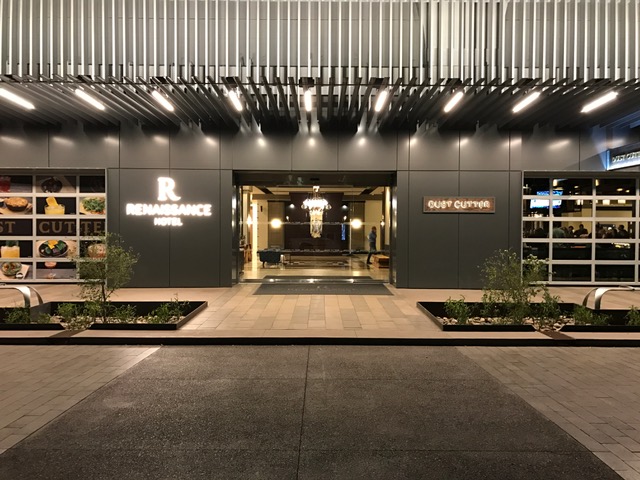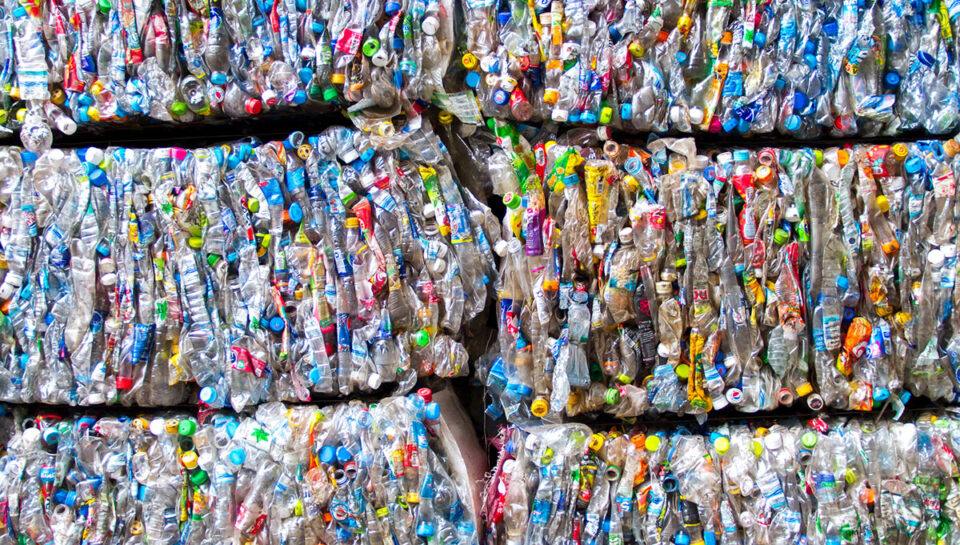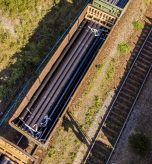Introduction
A leading innovator in plastics recycling technology was planning significant expansion of their processing facilities to meet the growing demand for recycled polypropylene (rPP). The company’s proprietary technology converts waste polypropylene into “virgin-like” recycled resin, but scaling operations presented complex logistics challenges. The company needed comprehensive supply chain expertise to inform strategic decision-making with multiple potential facility locations under consideration and uncertainty around feedstock sourcing and distribution networks. Our team of supply chain experts analyzed and designed cost-efficient logistics for both inbound raw materials/feedstocks and outbound finished products while supporting site selection processes for new processing plants and pre-processing facilities.At A Glance
Our team delivered a comprehensive supply chain strategy and logistics design for a pioneering plastics recycling company, enabling data-driven decisions on facility expansion and ensuring long-term operational efficiency.
Requirements:
- Analyze and optimize feedstock supply chain networks connecting material recovery facilities (MRFs) to preprocessing and purification sites
- Evaluate logistics feasibility, infrastructure, and operational requirements for potential processing plant locations
- Develop transportation strategies and cost models for both inbound feedstock and outbound finished product
The Challenge
The client faced multifaceted challenges in scaling their revolutionary plastics recycling technology. Securing reliable sources of post-consumer and post-industrial polypropylene feedstock presented a significant hurdle, as the material needed to be collected from widely distributed material recovery facilities (MRFs) across North America. Transportation costs were a critical factor, with options including truckload, intermodal, barge, and rail, each offering different cost/efficiency tradeoffs depending on distance and volume.
Site selection for new processing facilities presented another layer of complexity. Each potential location needed to be evaluated based on proximity to feedstock sources, access to transportation infrastructure (particularly rail service), regional incentives, and proximity to end markets. The company was concerned about rail connectivity, as bulk rail transportation would be the predominant mode for feedstock and finished product movement.
Additionally, the company needed to understand the full logistics cost impact of different facility sizing strategies—whether to build more extensive centralized facilities or multiple smaller regional plants. Without accurately modeling the total supply chain costs, the company risked making suboptimal capital investment decisions.
PraxiChain Solution
Our firm deployed a comprehensive suite of logistics and supply chain solutions:
- Developed network optimization models to identify optimal locations for preprocessing facilities based on MRF locations and volumes
- Created transportation cost benchmarking for multiple scenarios, comparing modal options (truck, rail, intermodal, barge)
- Conducted detailed analysis of rail infrastructure requirements, fleet sizing, and operating plans
- Built dynamic supply chain models to evaluate different facility locations and capacity scenarios
- Provided expert guidance on rail carrier negotiations and relationship management
- Analyzed potential customer locations and distribution patterns for finished products
- Evaluated export logistics and packaging requirements for international markets
Results
The analysis revealed that a regional preprocessing strategy was viable and cost-effective, with transportation costs varying significantly based on facility location and throughput. The modeling identified that feedstock logistics costs could nearly double due to longer sourcing distances as purification site throughput approached capacity. This key insight supported a strategy favoring medium-sized regional plants over centralized mega-facilities.
The engagement identified potential fatal flaws in rail connectivity and operational constraints for a specific site under consideration, enabling the client to address these issues before making final location commitments. The team’s rail expertise proved particularly valuable, as they provided guidance on infrastructure requirements, fleet sizing, and carrier negotiations that could reduce rail rates by up to 30%.
The comprehensive logistics modeling gave the client data-driven insights to strategically decide facility locations, preprocessing strategies, and transportation modes. The models were designed to be dynamic, allowing for continued refinement as business conditions evolved. Our transportation veterans helped position the client for sustainable, cost-effective growth in the expanding recycled plastics market by optimizing the end-to-end supply chain from feedstock sourcing through finished product delivery.















